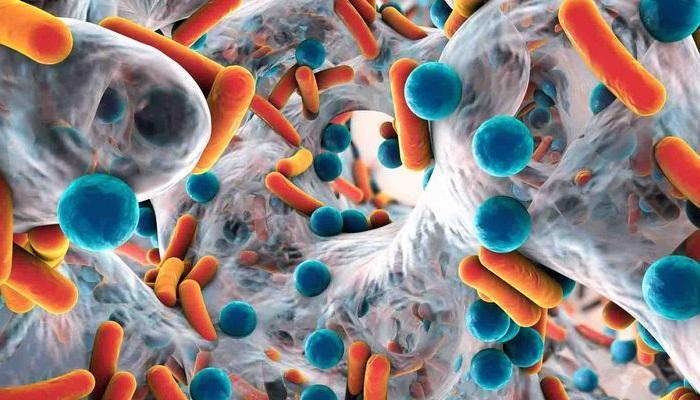Changing the biofilm's interactive environment could provide an alternative to using harsh chemicals to treat pathogenic bacteria, according to Montana State University researchers.

The results of the study were presented at the annual Montana Biofilm Meeting in Bozeman July 12-14, which brings together researchers and industry partners to discuss the latest advances in biofilm science. Dr. Paul Sturman, Research Professor and Industry Coordinator for the Center for Biofilm Development, commented that major industry players such as Procter & Gamble and 3M are showing interest in developing new biofilm control methods.
Researchers at Montana State University have developed a 3D printing device that reproduces microbial mosaics and thus allows the study of new and innovative methods for processing biofilms. Katherine Zimlich, a doctoral student at the university's Center for Biofilm Engineering, says the study supports the hypothesis that altering the biofilm environment could provide an alternative to using chemicals to treat pathogenic bacteria in the biofilm's dynamic environment.
Katherine Zimlich and fellow researcher Isaac Thornton, a doctoral student in mechanical engineering, spent two years developing and testing a 3D printing device that can create meshes of individual bacteria in a hydrogel. Advances in 3D printing technology have allowed researchers to map the microbes found in droplets of liquid hydrogel resin and use laser light to create a rudimentary biofilm from the resin.
“Until now, Zimlich and Thornton have only used one species of bacteria, but by using a 3D printer to perform multiple passes, each with a different species or strain of bacteria, they could begin to create the more complex and multi-layered biofilms found in nature,” they say. in a press release. By adding a fluorescent dye to bacteria, researchers can observe microbes with specialized microscopes, allowing them to study the interactions that occur between cells.
“Even the simplest biofilm systems are complex,” Zimlich said. “It's like a forest full of diversity. To see how this diversity develops and is maintained, we need new tools,” she added.
The university highlighted the fact that the dynamic environment of the biofilm can help increase microbial resistance to conventional therapies. A study by university professor and biofilm researcher Dr. Phil Stewart found that a type of bacteria that causes wound infections is resistant to antibiotics because the cells at the bottom of the biofilm are cut off from oxygen and other compounds. This causes the cells to go into hibernation and their biology changes so much that the drug becomes ineffective.
Zimlich commented: “The fact that there is potential to treat these pathogenic bacteria by changing the interactive environment of the biofilm, rather than trying to use harsh chemicals, is becoming increasingly clear.”
